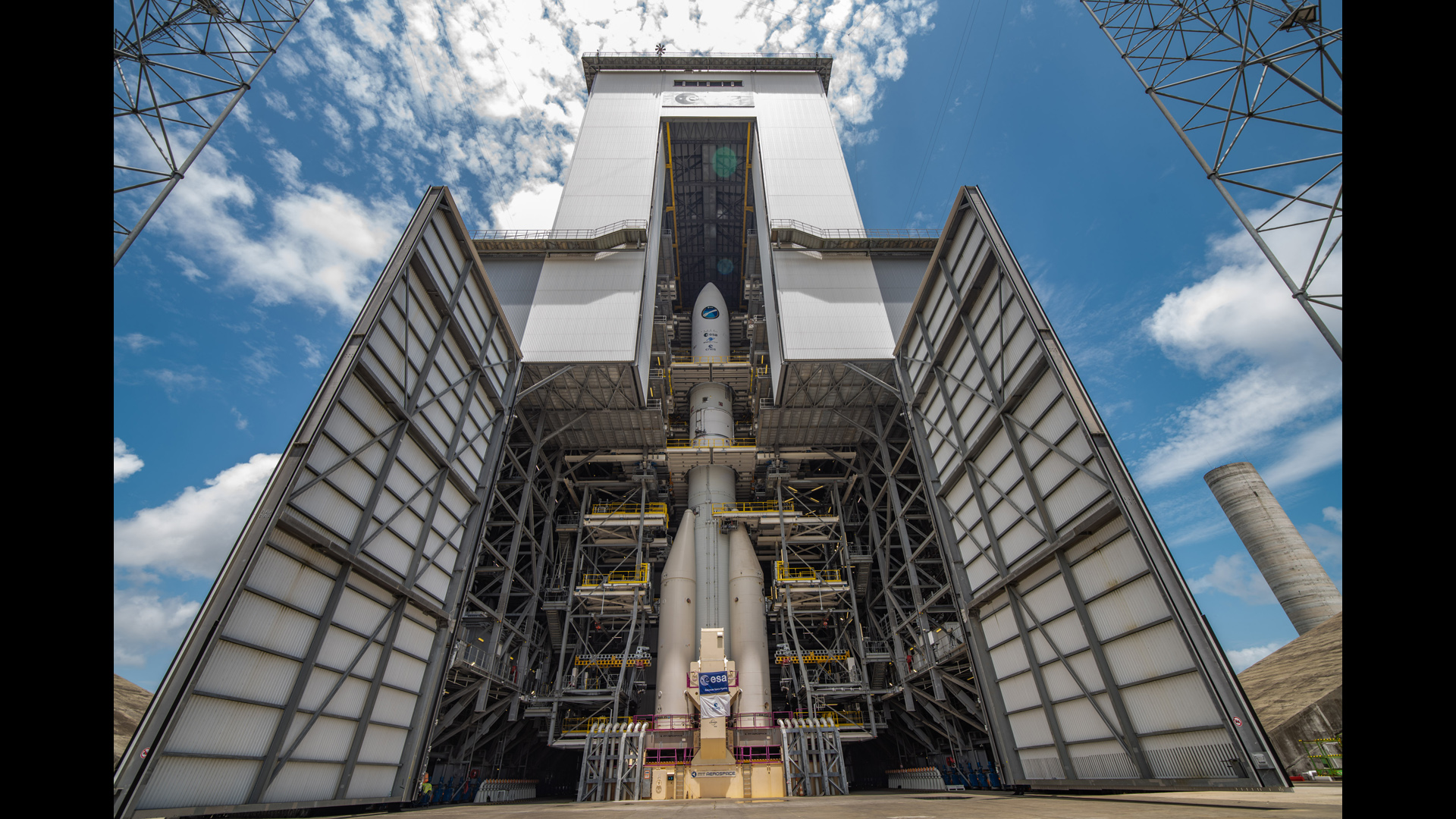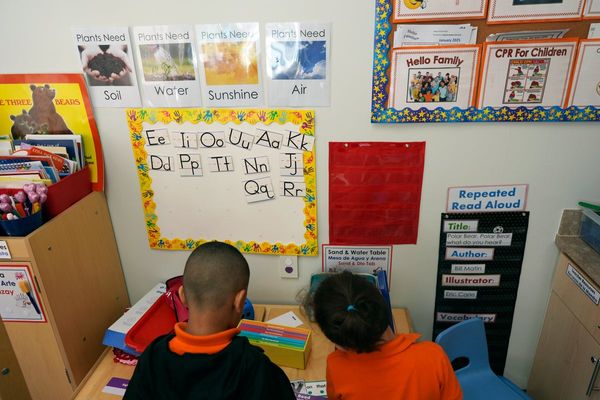
Europe is moving towards the second launch of its new Ariane 6 launcher after finding and addressing anomalies following its debut flight.
Josef Aschbacher, Director General of the European Space Agency (ESA), presented plans and updates on the agency's work during an annual press briefing on Jan. 9. The event also drew questions on the status of Europe's launch vehicles.
The Ariane 6 launched for the first time from Europe's Spaceport in Kourou, French Guiana, in July 2024 after lengthy delays. Europe had aimed to get the second flight off the ground before the end of that year.
"We did plan the second flight, the first commercial flight of Ariane 6, towards the end of the year [2024]. It has slided slightly," Toni Tolker-Nielsen, ESA's acting Director of Space Transportation, said in response to questions about plans for Ariane 6 in 2025.
"We have had a very detailed analysis of the maiden flight and obviously discovered a few anomalies and things that need to be corrected," Tolker-Nielsen said. "And this has led to this slippage until February for the second flight."
The launch will carry the CSO-3 spy satellite into orbit for France's military. The first flight of the Ariane 6, which succeeds the venerable, now-retired Ariane 5, notably experienced an issue with the rocket's upper stage that prevented it from performing a final deorbit burn.
Tolker-Nielsen said Arianespace, which operates the launcher, plans to conduct five launches of the Ariane 6 across 2025. Four of these will use the Ariane 62 configuration, which features two solid rocket boosters. The fifth will be the first Ariane 64, the rocket's second and most powerful configuration, which boasts four of the solid boosters.
Europe also plans four flights of the Vega C solid propellant rocket, Tolker-Nielsen added.







